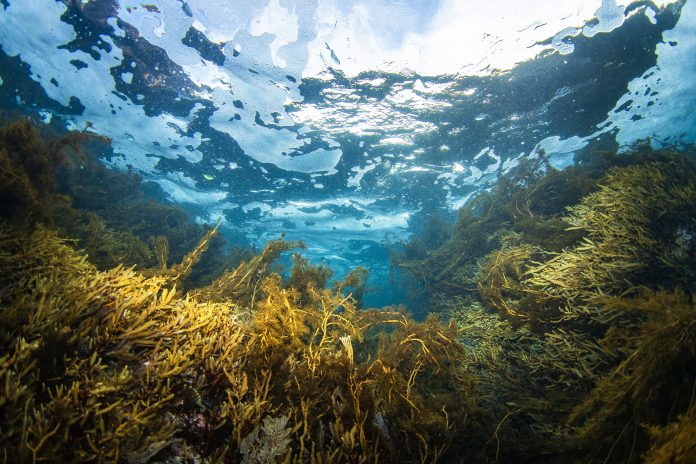A recent study conducted by the University of East Anglia (UEA) and Ocean University of China (OUC) has revealed a surprising player in the fight against climate change, a type of ocean algae known as Pelagophyceae
These tiny, bloom-forming algae have been identified as significant producers of dimethylsulfoniopropionate (DMSP), a compound that plays a crucial role in cooling the Earth’s climate.
Professor Jonathan Todd of UEA’s School of Biological Sciences, one of the study’s co-lead authors, expressed excitement about the findings: “The Pelagophyceae are amongst the most abundant algae on Earth, but they were not previously known as important producers of DMSP.”
Marine microorganisms surviving in varying ocean conditions
DMSP serves as a vital antistress compound for marine microorganisms, helping them survive in varying ocean conditions such as changes in salinity, cold, high pressure, and oxidative stress. DMSP is the prototype to dimethylsulfide (DMS), a gas known for its distinctive “seaside smell.”
When DMS is released into the atmosphere, it contributes to cloud formation, which reflects sunlight away from the Earth and helps cool the planet.
Dr. Jinyan Wang, a PhD student from OUC/UEA and the study’s first author, highlighted the significance of their discovery: “Understanding the role of Pelagophyceae in DMSP production means we need to rethink how much of this compound is being produced and how it impacts our climate.”
Sulfur from the ocean returning to the land
The production of DMSP by Pelagophyceae and other marine microorganisms results in billions of tonnes of this compound being generated annually.
This natural process helps regulate the Earth’s climate and is also integral to the global sulfur cycle, providing a path for sulfur from the oceans to return to land.
The Sino-UK Joint Research Centre, established by UEA and OUC, facilitated this research. Dr. Andrew Curson, a key member of the research team, identified new enzymes responsible for DMSP synthesis in various bacteria, photosynthetic cyanobacteria, and algae. This discovery enabled the identification of Pelagophyceae as major DMSP producers.
Professor Xiao-Hua Zhang of OUC’s College of Marine Life Science, co-lead author of the study, emphasised the wider implications: “By identifying the enzymes involved in DMSP production, scientists can better understand and predict the behaviour of these ecosystem-disruptive, brown-tide-forming algae and their impact on global climate change.”
The study also raises questions about other unidentified enzymes or entirely different pathways for DMSP production. Further research is needed to explore Pelagophyceae in their natural environments and to investigate other marine organisms.











